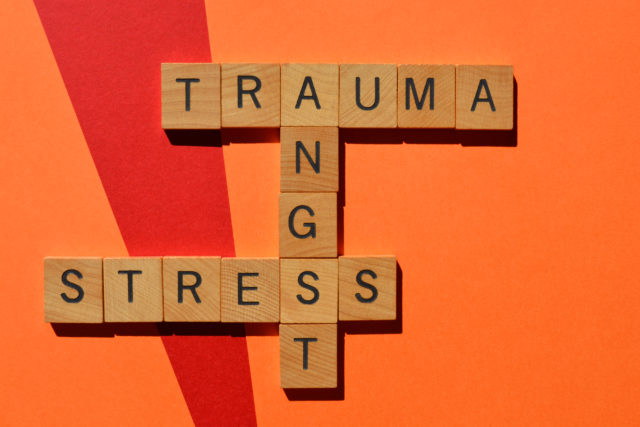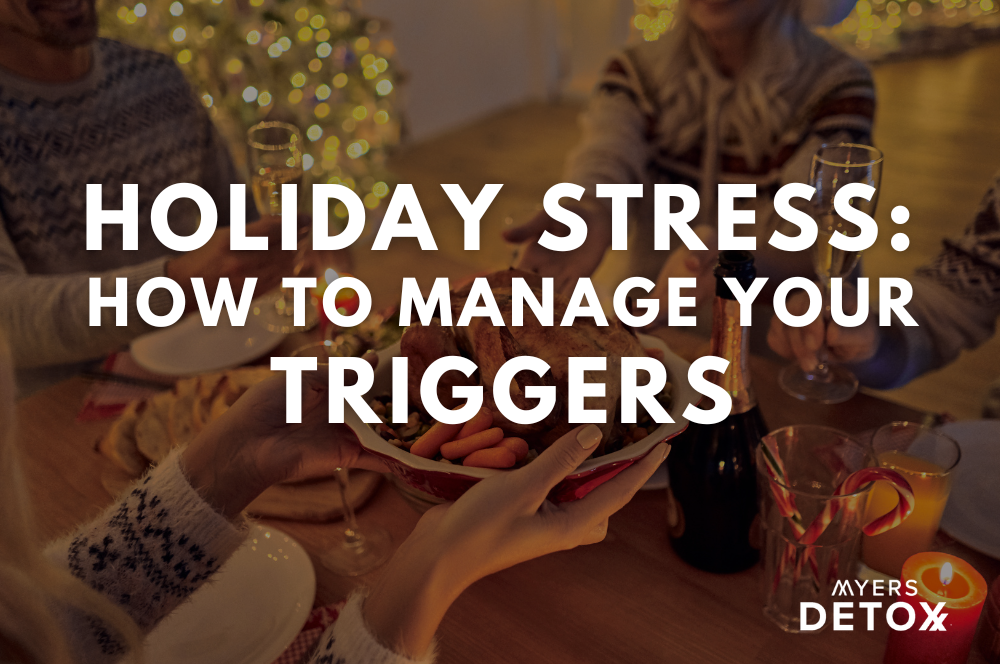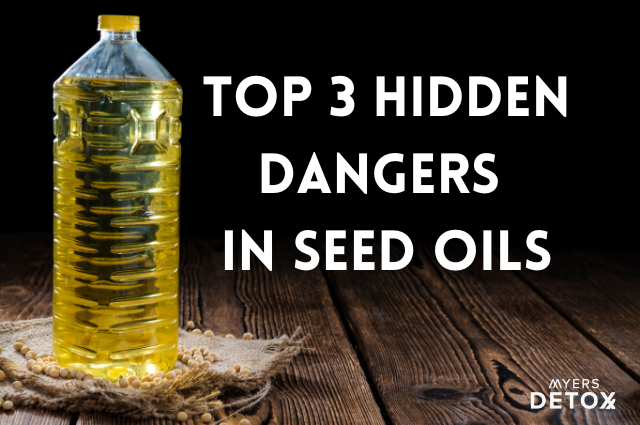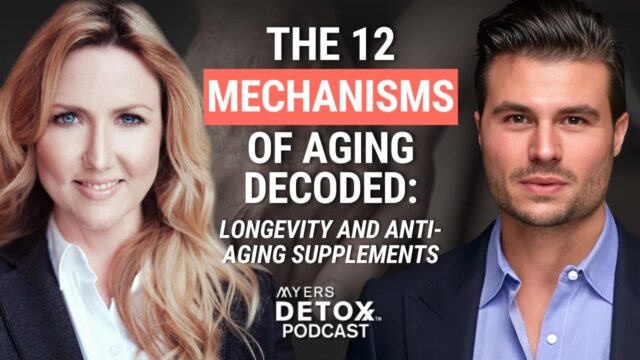The holidays are fast approaching, and among the decorations, music, and social events, a familiar sensation is emerging – dread.
Why do so many people dread the holidays? Because this is the time of year when all of our stress, trauma, and triggers are brought to the surface, ready to be unearthed at any moment.
Whether it’s a family member, a familiar song that plays incessantly on the radio, or any other potential trigger dressed up in holiday cheer, this time of year is a veritable landmine for painful memories.
So how do you navigate holiday stress without becoming entrenched in the memories of years past?
In this article, you’ll learn:
- What trauma is and where triggers come from
- Why the holidays are the most painful time of year for so many
- Powerful ways to cope with triggers that pull you into a trauma response
- How to heal the root of your trauma and free yourself in a way that finally allows you to enjoy the holiday season
Definition of Trauma and Triggers
Trauma
The word trauma is thrown around a lot, but what exactly makes something a trauma?
There are a lot of definitions of trauma, ranging from clinical standards to more vague descriptions. A simple and all-encompassing way to understand trauma would be:
An event (or series of events) that creates a lasting psychological and emotional change in your mind and body.
What makes trauma so debilitating for many people is often not the event itself but rather the ongoing impact that the event has due to its ability to trigger emotional and psychological reactions well after the event has occurred.
For example, a serious car accident could generate trauma, leaving you frightened of driving on the highway at night. This type of trauma is referred to as “big T” trauma because it involved a direct threat to your life.
On the other hand, there is developmental trauma, such as abuse or neglect in childhood at the hands of your parents or caregivers. This type of trauma can be a bit more tricky to pin down because it’s so pervasive and happens at such a young age you might not fully understand what is happening and why[2].
Regardless, developmental trauma still creates triggers; they just may feel less obvious. For example, someone who was frequently locked in a closet as a child may develop claustrophobia as an adult. Another even more subtle example would be someone who was always criticized by their parents, becoming extremely sensitive to feedback as an adult due to an innate belief that they are not good enough.
Triggers
Triggers are an important aspect of trauma because these are the events, people, places, sounds, objects, and so on that turn on your trauma response.
Neurologically, when you experience a trauma, it sets off a cascade of chemicals that turn on the limbic center in your brain (ancestral brain). This survival response was put in place to help our ancestors stay alert when threatening situations presented themselves (i.e., predators in the wild).
For example, let’s say your hunter-gatherer ancestor came face to face with a large, hungry saber-toothed tiger. With the help of their sympathetic nervous system, they would be able to fight or flee and hopefully outsmart their predator foe.
In the future, when he or she hears similar footsteps of an animal stalking behind (trigger), it would turn on the same fight or flee mechanism, bringing them emotionally, psychologically, and physically back into the experience of the predator situation. This unconscious programming may give them a few seconds advantage in the race for their life because their near-death experience with the first animal restructured their brain to be more alert and vigilant[3]
Now, your ancestor in this situation may feel a bit silly when they look down from the tree they scaled in a hurry to see that the predator was actually a bunny rabbit, but that’s how triggers work; they aren’t always logical – they are for survival.
Common Triggers That Can Present Over The Holidays

The holidays are a hotbed for trauma triggers. Why? Because most developmental traumas occur in your early years when you lived at home with your parents. Even if your trauma had nothing to do with your parents, there are still triggers everywhere. Perhaps it was an aunt that was exceptionally judgemental of you, a sibling that would play a little too rough, or a neighbor that made you feel uncomfortable. Or worse.
And then, of course, are all the memories we associate with holidays past. Between the people, places, and events of the holidays, it’s easy to become bombarded with all kinds of memories – both good and bad.
Common triggers that can come up around the holidays include:
- Memories of holidays past (that were either more challenging or more joyful – both can be hard to process).
- Memories of loved ones that have passed on.
- Family members that you usually keep at a distance that you can’t avoid during the holidays.
- Increased use of alcohol or other recreational substances by family members or friends.
- Scents, music, decorations, and other sensory information that you only experience when you are with specific people or in specific places (ex/ your uncle’s cologne, Christmas carols, holiday ornaments).
The list could go on and on, but the key takeaway is that the holidays are full of nostalgia and memories that can be pleasant, unnerving, or anything in between.
It’s the strong emotional pull of this time of year that can make the holidays such a difficult time for most people. Of course, everyone wants to feel good over the holidays, but when a trigger takes hold, it can feel like you’re being pulled right back into a scene from your past.
How To Cope With Your Triggers During The Holidays

Working with trauma and triggers is no easy feat – but the opposite (avoiding trauma and triggers) can make it feel like your life is a journey through a field of landmines. While deep trauma healing may take some time, during the holidays, the best thing you can do for yourself is to find ways to mitigate your response to the inevitable triggers.
1. Enhance Your Vagal Tone
Your vagus nerve runs from your brain all the way down to your gut and (among many other things) is responsible for bringing your nervous system back into parasympathetic mode. As opposed to sympathetic mode, which is responsible for your “fight or flight response,” parasympathetic mode is your “rest and digest response[1].”
When a traumatic trigger comes up, it pulls you into sympathetic mode, activating the limbic center in your brain and creating a trauma response.
When you enhance the tone of your vagus nerve, it helps to calm your trauma response and gives you an overall greater sense of well-being and calm.
A simple way to enhance vagal tone is through deep, diaphragmatic breathing. Deep breathing sends a message to your brain that you are calm and safe and pulls you into parasympathetic dominance. This is an excellent technique to have on hand during the holidays when triggers can present seemingly out of nowhere.
For example, you’re sitting at the holiday dinner table, and your mother comments about your career in a way that pulls you right back into your childhood feelings of unworthiness and not being good enough. As you sense your body beginning to respond with an increased heart rate, sweaty palms, and shallow breathing, you can stop the response in its tracks by taking a deep inhale through your nose, allowing the air to fill up your belly, and then releasing out gently through your mouth[4].
This can be done in such a subtle way that it is barely noticeable, but after just a few rounds of breath, you’ll physically be able to feel the difference.
2. Mindfulness
Mindfulness practices are meant to bring you back into the present moment, allowing you to be aware of what is happening in your mind, body, and environment without judgment. A beautiful quote by Viktor E. Frankl states:
“Between stimulus and response, there is a space. In that space lies our power to choose our response. In our response lies our growth and our freedom.”
This quote perfectly encapsulates the power of mindfulness. It is with mindfulness practices that we are able to become more objective with the world around us, including our triggers. With objectivity and awareness, we increase that space between stimulus and response and ultimately empower ourselves to choose how we react to our triggers.
The most well-known mindfulness practice is mindfulness meditation, which is a simple meditation practice that keeps us alert to our current moment by having us focus on a point of concentration, such as the breath. This practice can help to build your mindful resources, which will help you become more present throughout your day[5].
You can also take a “mindful moment” to notice what’s happening in and around you. For example:
- Be present in the here and now
- Look around and notice five things in your environment (chair, lamp, desk, etc.)
- Notice four sensations that are happening in your body right now (itch on your nose, dry lips, etc.)
- Notice three things that you hear (traffic on the street, birds chirping, etc.)
- Notice two scents that you smell (coffee brewing, etc.)
- State one thing you are grateful for
This practice pulls you into the present moment and helps you become aware of your environment and all that is happening right now. It takes you out of your head and out of automatic pilot.
Mindful practices are best used to build up your self-awareness reserves, as opposed to being employed in the moment of a trigger. While your goal is to be able to become mindful in the moment (extending the space between stimulus and response), it can be challenging once the trigger has taken hold to walk yourself back. But when you use mindfulness frequently throughout your day, it trains your brain to become more flexible under all circumstances so that when that trigger hits, you have a bit more spaciousness and grace to make a thoughtful decision.
3. Social Support
Having social support around the holidays can be incredibly helpful for diffusing some of the energy that can throw you off balance when you’re surrounded by triggers. Social support can come from your partner, a close friend, a therapist, a support community, or any other connection you have that allows you to feel safe and heard.
It’s very easy for us to become brainwashed when surrounded by people that trigger us, so having a “rock” to lean on can make a world of difference.
Research shows that social support can help to enhance resilience to trauma by buffering so of its side effects[6]. When you have someone in your life that can act as a sounding board and remind you of your growth and goals, it helps to alleviate some of the pressure by showing you you’re not alone.
Finding and Releasing Your Trauma Roots
Managing trauma triggers is essential this time of year, but if you want to take it a step further, it takes a little more intention and the right resources. Healing your trauma is absolutely possible; you just need to have the right roadmap to get there.
This is exactly why I created my Emotional Detox Program.
Getting to the root of trauma involves energetic, psychological, physical, and emotional practices. Trauma is not stored in your brain or in your body. It’s stored in your energy field.
Many people shy away from really digging into trauma out of fear of what these painful memories will bring up. The truth, however, is that it is far more painful to avoid your unresolved trauma and allow it to keep spinning around in your subconscious.
In the Emotional Detox Program, I walk you through modules that are designed to help you navigate the pathway of healing on all levels – emotional, physical, and energetic.
Once you identify the root of your trauma and begin to unravel the pathways that get hit by your triggers the world opens up in a way that feels much more safe. You start to behave in new ways, embodying freedom that you likely have never experienced. After some time, those old triggers no longer hold a charge, and you’ll feel more empowered to move through life (even the holidays) with ease.
The Emotional Detox Program walks you through every aspect of healing, offering:
- Guided meditations
- A module that focuses on freeing your energetic body
- A module focusing on physical aspects of emotional detox (you wouldn’t believe how damaging stored trauma can be to physical health).
- A psychology module to help you better understand the roots of trauma
- Plus tons of other resources and tools to help you along on your journey
Learning how to reprogram and release trauma is a skill that will never grow old, as it is the human condition to learn through trying times. But once you know how to navigate the process, life becomes much easier, and you will feel much more empowered and secure in your life.
Takeaway
The holidays may be one of the most triggering times of the year, but they can also be one of the most healing. When the nostalgia of the holidays starts to roll in, it gives us an opportunity to look at some of our deepest, unresolved hurts and decide how we want to move forward. Will we let old triggers control us, or will we make a choice to change the way we respond to uncomfortable situations and people?
Having tools in place to strengthen your own resilience against trauma and its triggers is crucial, but for deep healing, it takes a bit more work.
Luckily, as the potent impact that trauma can have on our mind and body is evident, effective ways to successfully clear trauma have been revealed in the research.
Healing trauma and freeing yourself from the grip of triggers does not have to be a painful process, and in fact, it can be quite liberating and exciting. Check out my Emotional Detox Program to learn more about the benefits of clearing your trauma and bringing your mind and body back into a state of wholeness.
And to learn more about managing your stress this holiday season, please check out this video!











